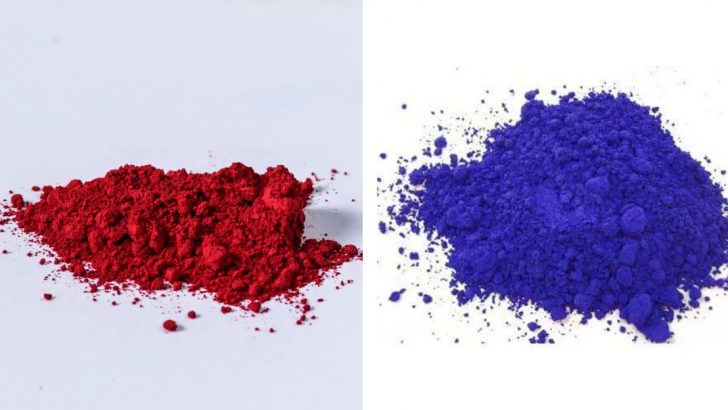The rainbow of colors in your favorite snacks might be hiding a not-so-pretty secret! Food manufacturers have been using artificial dyes to make products more appealing for decades, but growing health concerns are forcing regulators to take action.
The FDA is now eyeing several synthetic colorants linked to behavioral problems in children and potential long-term health risks.
8. Red 40 (Allura Red)
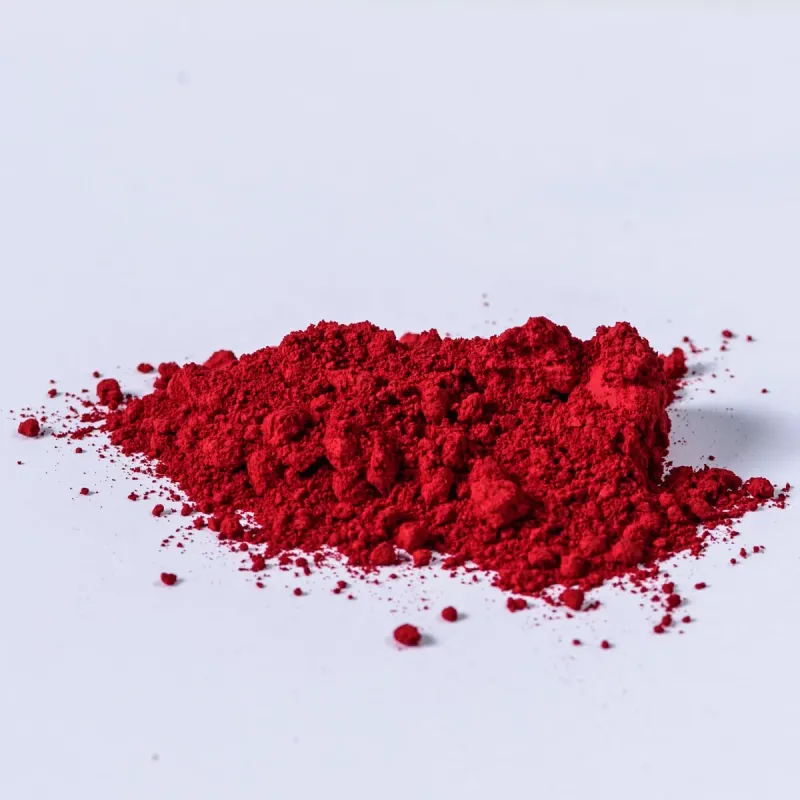
Everything from strawberry yogurt to cherry popsicles has this vivid red culprit. Studies suggest it might trigger hyperactivity in kids sensitive to the compound.
Though widely used, mounting evidence links Red 40 to allergic reactions and immune system problems. Manufacturers are already scrambling for natural alternatives like beetroot extract!
7. Yellow 5 (Tartrazine)
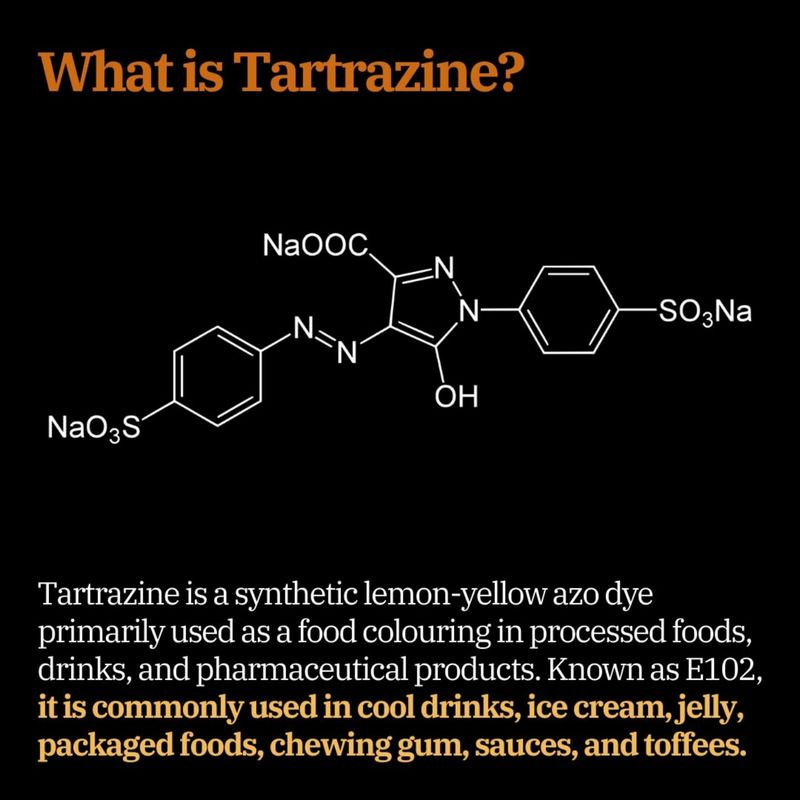
Ever wondered why your cheese puffs glow with that unnaturally bright yellow hue? Blame it on Yellow 5! This sunshine-colored additive has been associated with everything from asthma attacks to severe hives in sensitive individuals.
Research indicates possible links to attention problems in children. Many European countries already restrict its use in kiddie snacks!
6. Blue 1 (Brilliant Blue)
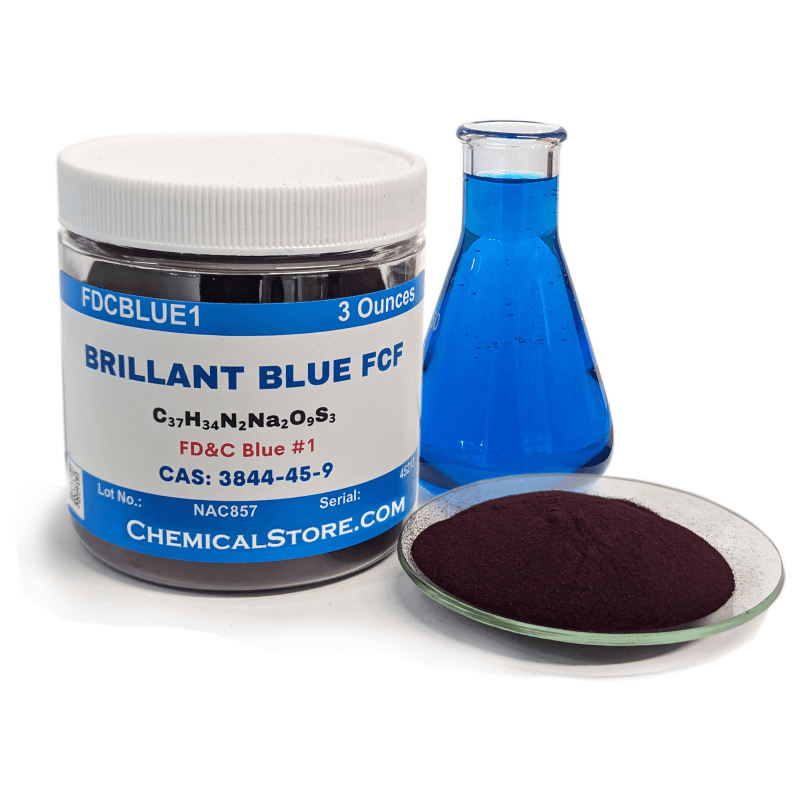
If you’ve gulped down blue sports drinks or munched on colorful cereals, you’ve probably consumed this azure agent! Blue 1 gives products that eye-catching electric blue that kids adore.
However, this synthetic dye has been linked to chromosomal damage and potential nervous system effects. What’s more shocking? It can actually penetrate the blood-brain barrier! Share this with parents you know.
5. Yellow 6 (Sunset Yellow)
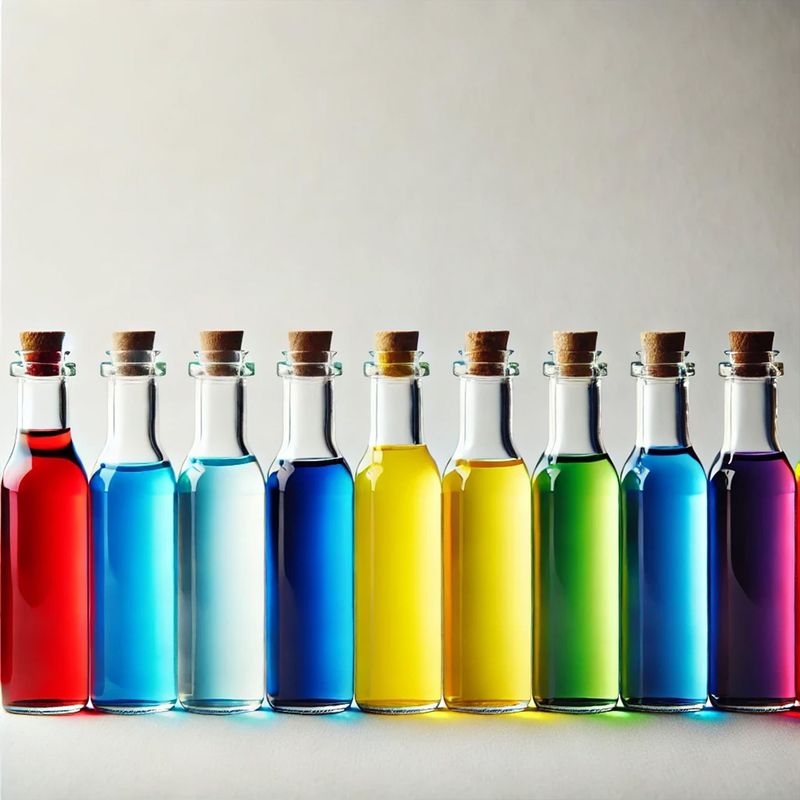
Holy orange snacks, Batman! This sunset-hued additive gives your cheese crackers and orange sodas their distinctive glow. Though it looks harmless, Yellow 6 has been associated with adrenal and kidney tumors in animal studies.
Where will you find it? Practically everywhere – from breakfast cereals to baked goods. Numerous consumer advocacy groups have been fighting for its removal for years!
4. Green 3 (Fast Green)
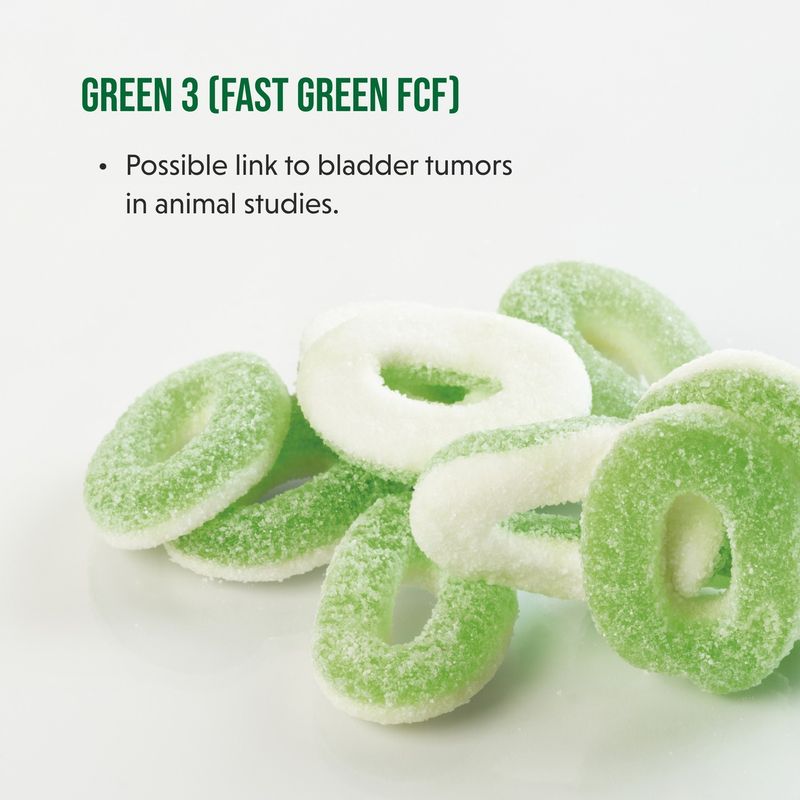
Though less common than its colorful cousins, Green 3 still sneaks into candies, desserts, and even some personal care products! How bizarre is it that this dye was originally derived from coal tar?
Hence the growing concern – animal studies have shown potential links to bladder tumors. The European Union already banned this emerald impostor, and the U.S. is finally catching up!
3. Red 3 (Erythrosine)
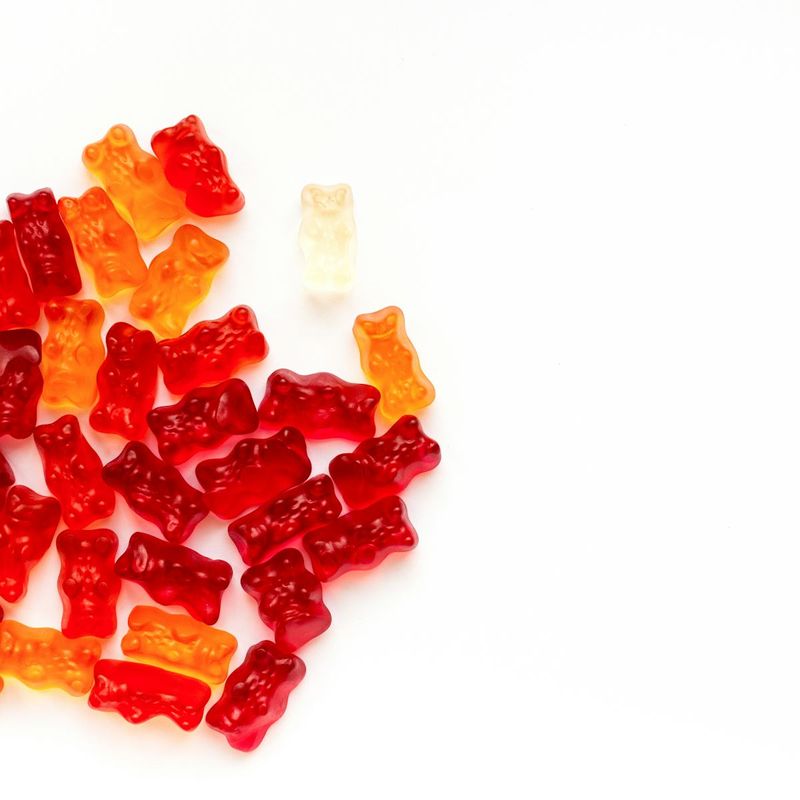
That bright pink-red glow in your maraschino cherries and candy comes from this fluorescent troublemaker. Would you believe the FDA actually acknowledged Red 3 causes thyroid cancer in animals back in 1990?
Strangely enough, they only partially restricted it then. Now, decades later, this dye’s days are finally numbered as scientific evidence continues mounting against it. Tell your friends to check those ingredient lists!
2. Blue 2 (Indigo Carmine)
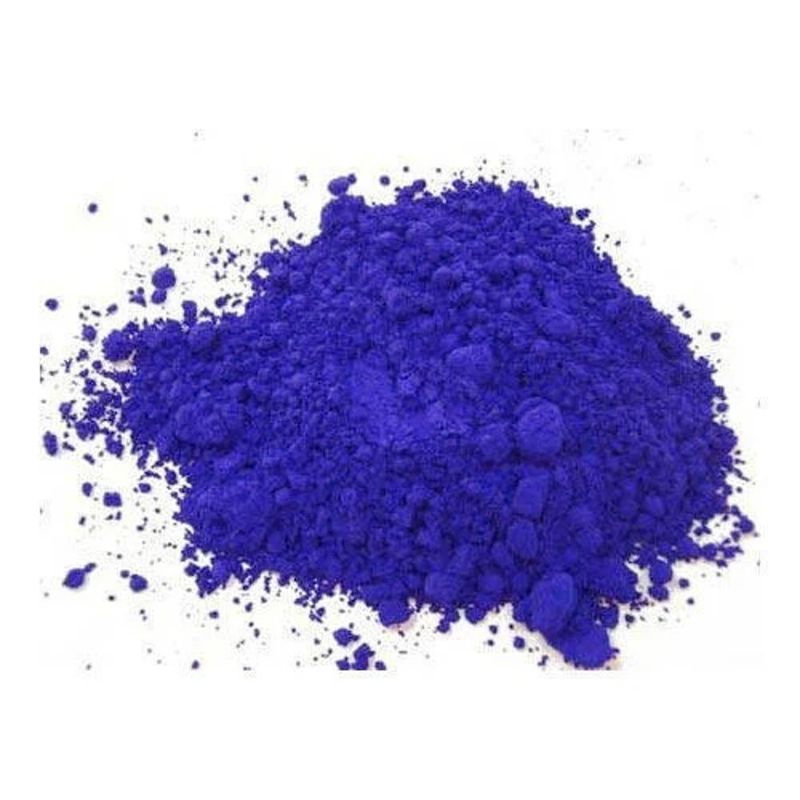
Peek inside your pantry – this deep blue dye might be lurking in your pet food, candies, and even some beverages! Blue 2 gives products that mesmerizing indigo shade that catches the eye.
Though it seems magical, studies suggest possible brain tumor links and behavioral effects in test animals. Manufacturers are nervously exploring alternatives like spirulina and butterfly pea flowers. Would you miss these artificial blues?
1. Orange B
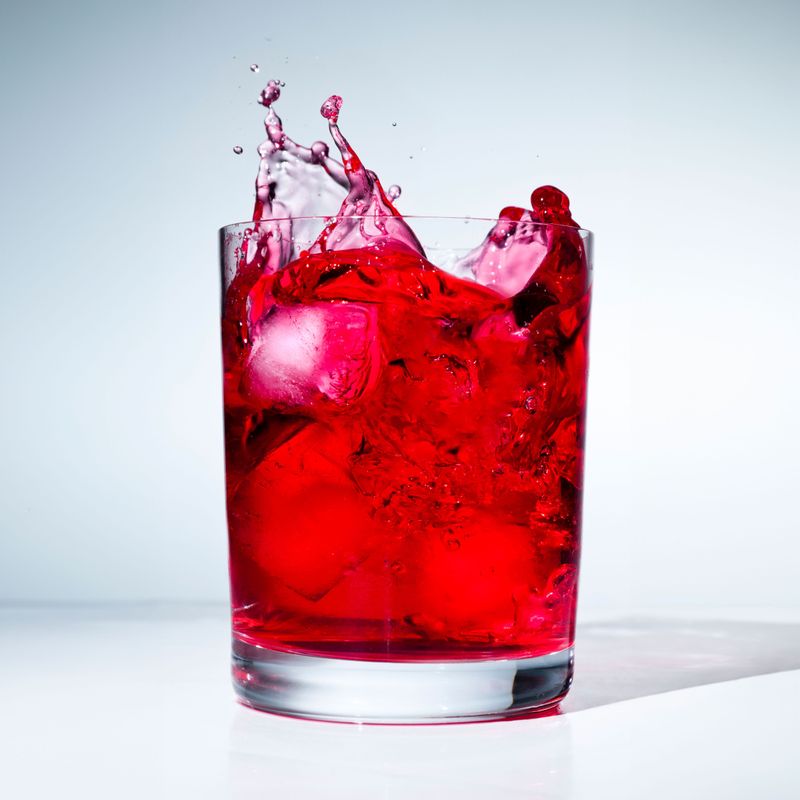
What?! You’ve probably never even heard of this obscure dye, yet it’s been hanging around in some hot dog casings for decades. Orange B is so questionable that it’s already restricted to this single use!
Incredibly, even with limited application, research indicates potential liver damage and carcinogenic properties. The FDA has been dragging its feet on this one, but a complete ban appears imminent. Don’t you think it’s about time?

